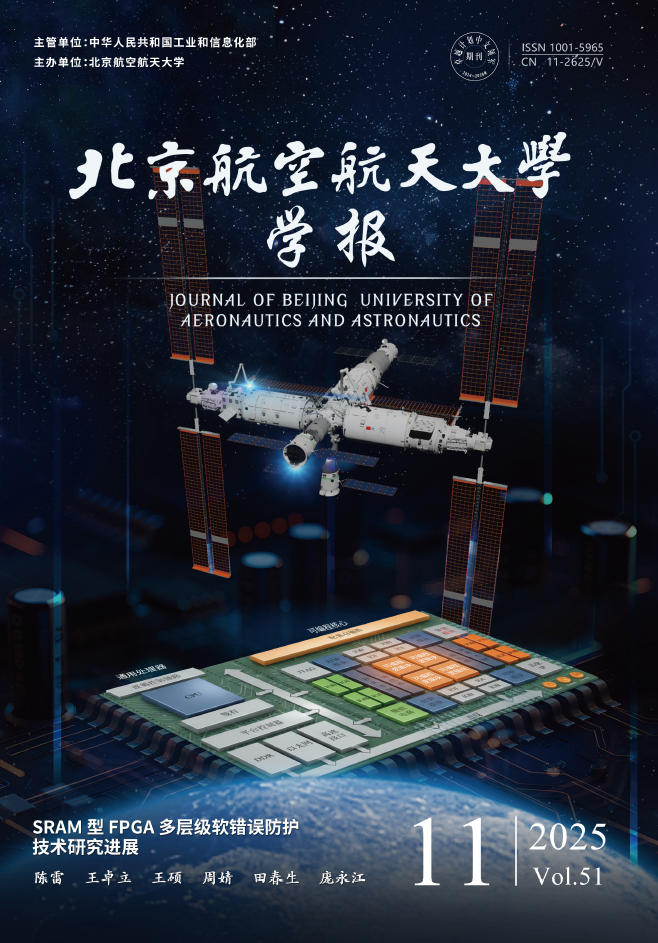2005 Vol. 31, No. 07
2005, 31(07): 709-713.
Abstract:
2005, 31(07): 714-717.
Abstract:
2005, 31(07): 722-725.
Abstract:
2005, 31(07): 744-747.
Abstract:
2005, 31(07): 770-774.
Abstract:
2005, 31(07): 775-779.
Abstract:
2005, 31(07): 789-793.
Abstract:
2005, 31(07): 805-808.
Abstract:
2005, 31(07): 823-827.
Abstract:







 XML Online Production Platform
XML Online Production Platform

